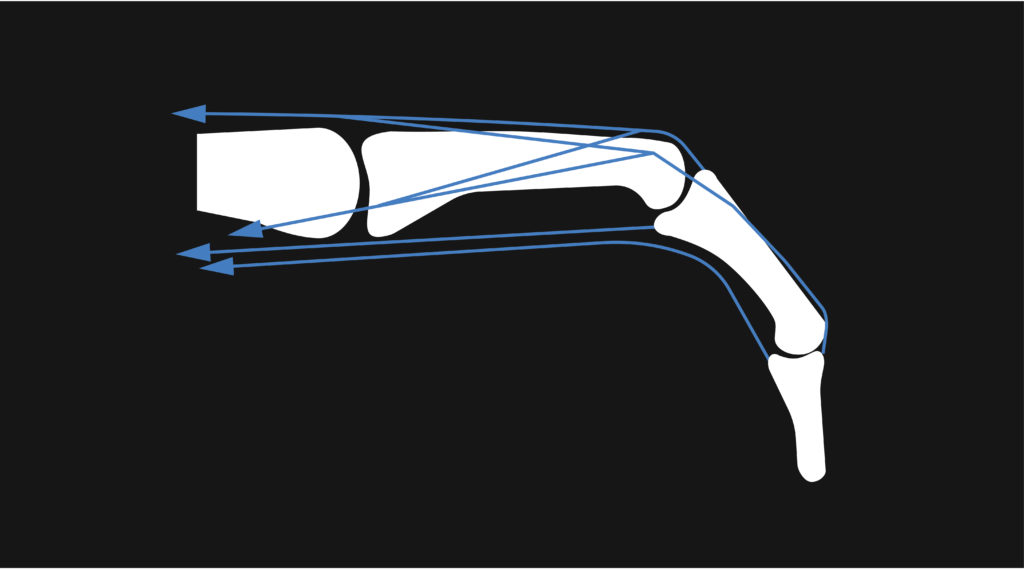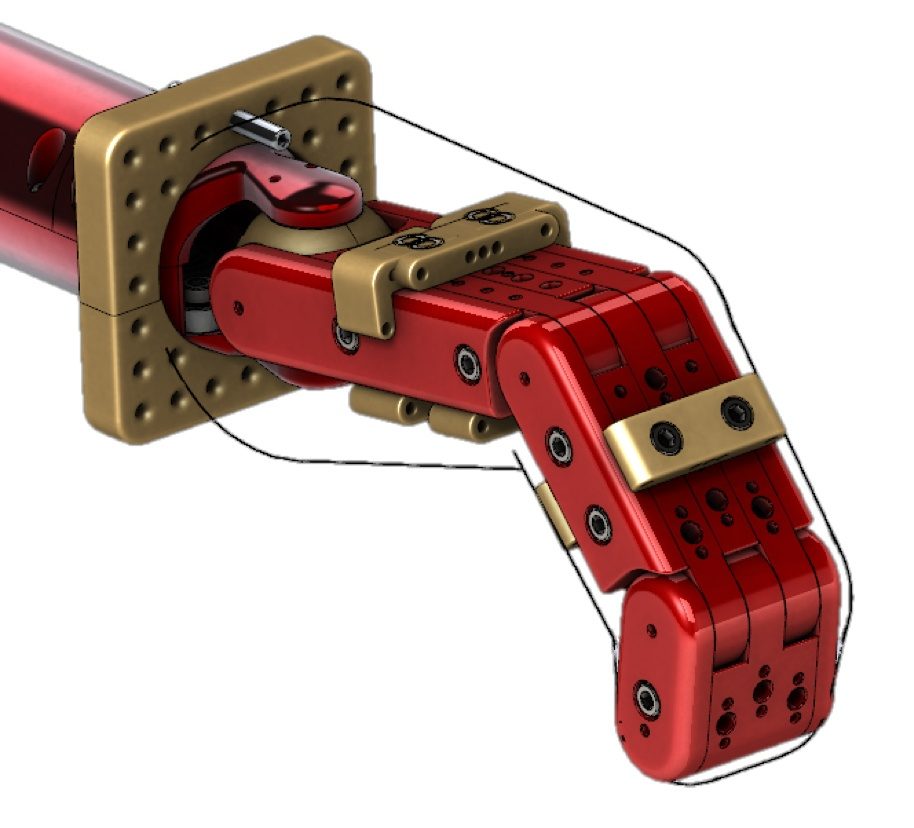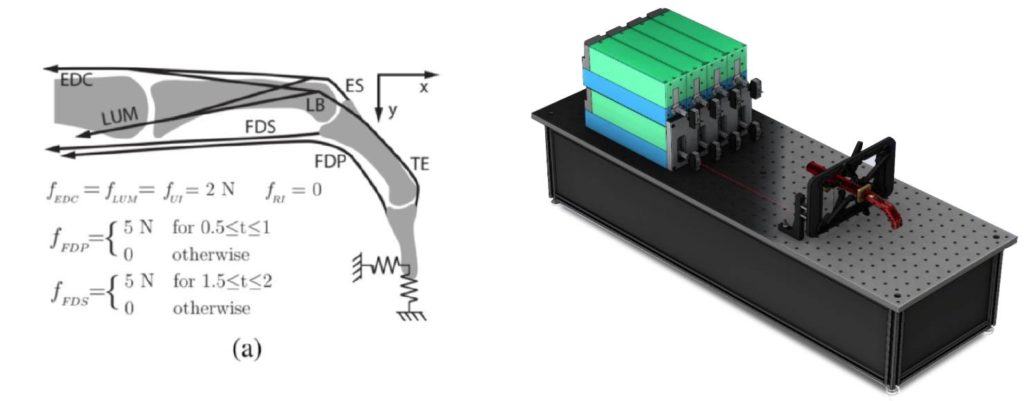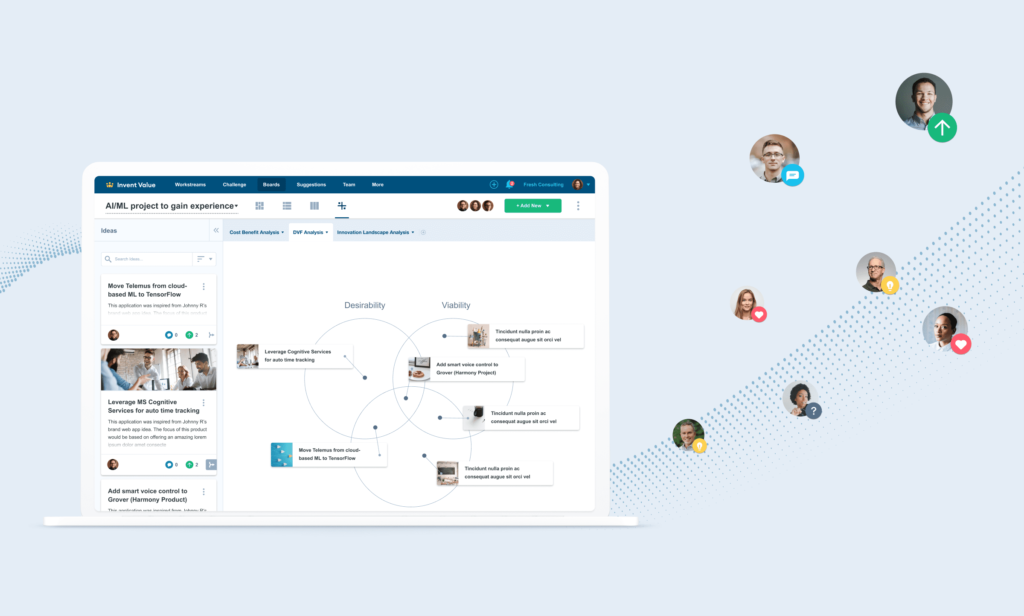Robotics R&D
Robotic Human Finger

Combining engineering precision and realistic anatomical design
The Challenge
In collaboration with a team of researchers and engineers at Oculus Research and the University of Texas Department of Mechanical Engineering, Fresh took on the challenge of designing and building a robotic human finger. The goal was to create lifelike mobility with a “tendon-driven design,” allowing the robotic finger to operate with agility and accuracy comparable to a human finger and accomplish intricate tasks.
Our Solution
Fresh spent time combining engineering principles with an understanding of human anatomy, focusing on the metaphor of “tendon-driven design.”The robotic finger has customizable tendon routing, and “tendons” are connected to force-controllable moving coil linear actuators with in-line tension load cells. The result is a lifelike replica, a promising product concept extendable to a variety of use cases.
Services & Capabilities
Core Technologies


Learning from the anatomy of a human finger
Considering how an actual human finger works, we built the robotic finger with an actuation force of 30N and a tendon resolution of 0.1um. Its angular resolution is 0.05 arcseconds, the same as the Hubble Space Telescope. In the Development and validation of modeling framework for interconnected tendon networks in robotic and human fingers, the authors write:
“[Fresh Consulting, formerly Si-Tech designed a] Robotic finger testbed with customizable tendon routing. Tendons are connected to force-controllable moving coil linear actuators with in-line tension load cells. Finger joints contain embedded angle sensors. For fingertip force analysis, a grounded six-axis force/torque transducer is connected to the fingertip using an adapter that constrains fingertip position but allows free rotation of the distal link.”
Attending to every detail and facet of the design creates an emulation rather than an imitation, where movements are true-to-life and highly accurate.
Our work was published in the engineering research paper mentioned above, “Development and Validation of Modeling Framework for Interconnected Tendon Networks in Robotic and Human Fingers,” with an overview of our work in Figure 5.
The robotic finger work was shared along with the team’s research during the 2017 IEEE International Conference on Robotics and Automation (ICRA) in Singapore.





